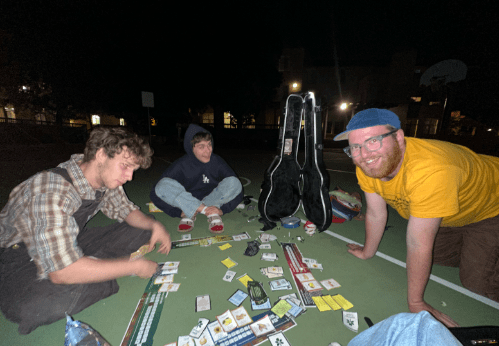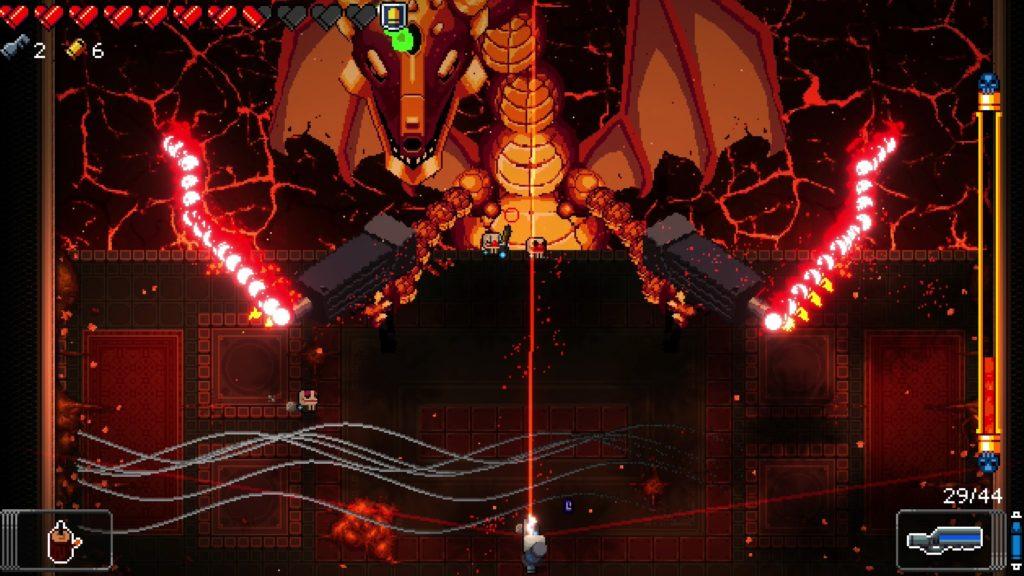
The thing I’m most proud of about making Heartland is the honest joy it brought to me and my players when we played it past midnight outside on the GovCo basketball court. I kept offering to go inside, where there were real chairs, actual lights, and warmth, but they pleaded to continue the game. “Just another round, I’m about to win.” The Stanford Improvisors’ whole thing is playing games, no matter where we go or what we do, it’s all about playing games, and so it’s a triumph to have my friends enjoy it. Now, our game wasn’t always fun. Talking to my dad today, he asked, “How’s your thrilling game about waiting for plants to grow going?” I got to share the story of the late-night basketball court, and prove to my father, once and for all, that I, too, can make a great game (I’m kidding, he’s not a game designer, he’s a journalist).
I always find it so compelling to watch people play a game that hasn’t existed for very long. It’s kind of messed up, actually, how we can think a game is so simple and makes so much sense, only to playtest it and for people to take the rules DRASTICALLY DIFFERENTLY! One playtest, someone refused to plant any plants. It was a reasonable decision, but also very unexpected. It’s these wonderful moments that I’ll remember the most. The People are who we are making Things for, and it’s only The People who can decide how those Things work.
What I learned, both by making our game and playing other groups’ games, was that the best way to teach within a game is to make players feel (that’s the whole Sophia thing, but I didn’t get it really until I put it into action). Making players feel the wrath of a Red Flag day or PM-10 warning is way more impactful to learning what those things are than just using flash cards as “fun facts.” I loved this project (and my partners) and would love to keep moving this game forward, if given the chance.



